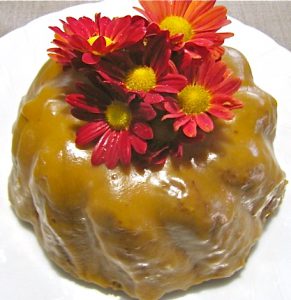
Applesauce Cake with Caramel Glaze
This is an adaptation from a recipe off of one of my favorite blogs, Food 52 – Terrific for an autumn day like today when

This is an adaptation from a recipe off of one of my favorite blogs, Food 52 – Terrific for an autumn day like today when

5 reasons why I love Bob’s Red Mill flour and other products and use them daily Bob Moore and I met at the January 2016
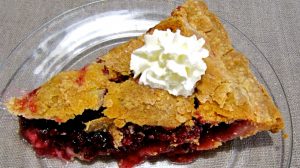
Those of us crazy about fruit watch the farmers markets and stores like hawks, waiting for the first berries to arrive as the signal that yes,
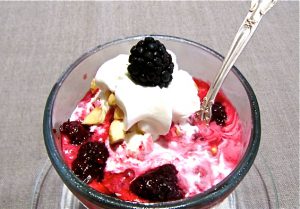
On the California Coast, blackberry season begins when summer is already in full swing. The berries are slow to ripen as even on warm days
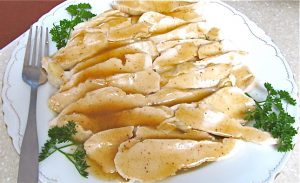
In 1985 Greg Reynolds, who at the time worked for a catering service in Half Moon Bay, became enthusiastic about playing with sauces using vanilla.
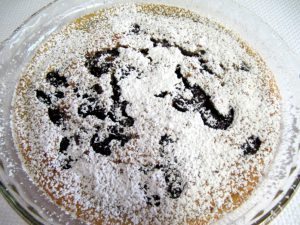
Clafoutis is a traditional French dessert that originated in Limousin. The name comes from clafotis, which means “to fill up,” in Occitan, an old French

When the heat’s on, the last last thing you want is kitchen time at the stove or have the oven blasting. This is when sorbets,
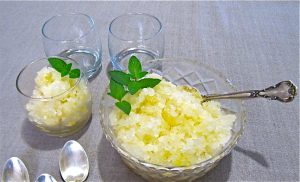
One of the delightful things about granitas is that you can switch out the flavors and add herbs or spices without screwing things up. This
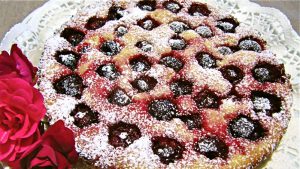
This delicious summer cake is a hybrid cross between a classic French clafouti and a coffeecake. It has a very moist, dense crumb due to
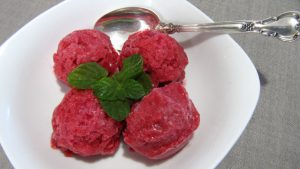
My all-time favorite plums are Santa Rosa plums, created by none other than the famous Luther Burbank, who lived in the Santa Rosa Valley at
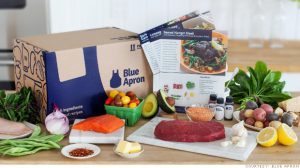
Well over a year ago I started noticing ads for meal kit delivery services on Facebook. Hmmm, cool idea but not something I’d use. But
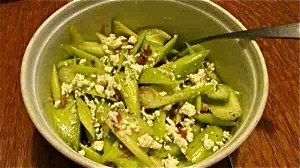
Summer has arrived, which translates to grilling, barbecue and outdoor parties and activities. In other words, keep the food part quick and simple. That’s precisely
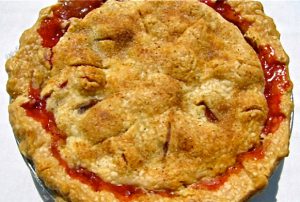
These days when we think of rhubarb, we think strawberry-rhubarb pie. It wasn’t always that way, however. Rhubarb was a very popular vegetable, easy to
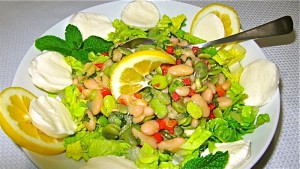
Every spring I look forward to at least one dish that includes fava beans. Like artichokes and asparagus, favas burst delicious green energy flavor. Truthfully,
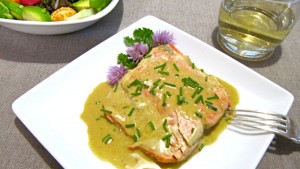
Commercial salmon season just opened on the California Coast. Sport fishing for salmon has been open for several weeks now and a friend of mine
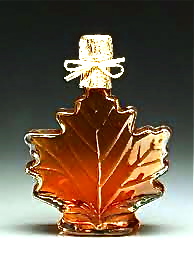
Given all the bad press on the evils of sugar, we know we need to be judicious about our intake, but it’s oh-so-difficult! We’re hard-wired
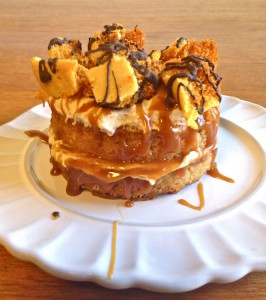
This decadent rich cake can be served throughout the year but is perfect for welcoming Spring. You can enjoy it with or without the frosting
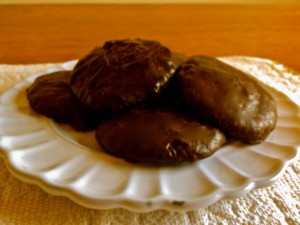
This time of year it’s impossible to miss all the cute Girl Scouts selling their cookies on every corner, and no cookie sells better than
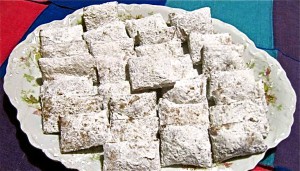
It’s Fat Tuesday, the last day of Mardi Gras. Time to eat Beignets and drink Cafe au Lait, best made with a coffee-chicory blend or

Visiting the San Francisco Specialty Food Show is always a January highlight for West Coast food professionals. It’s like a giant no-host cocktail party but
© 2021. All Rights Reserved
Designed/Developed by Kat & Mouse